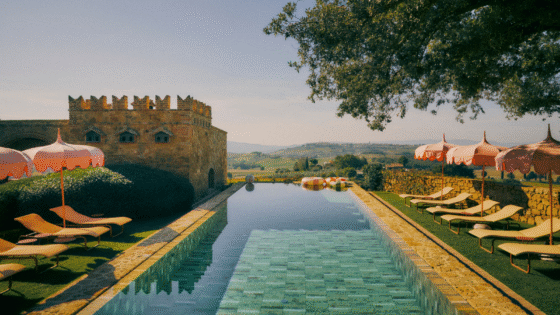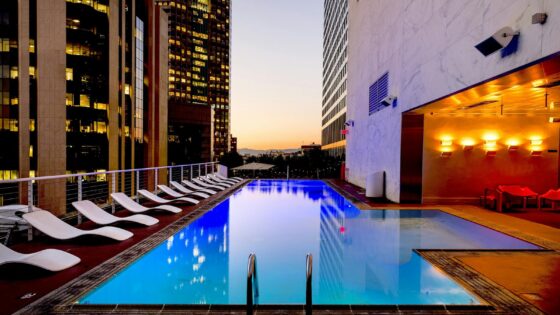Following on from part one of Inspired By Design’s bespoke lighting series, the company’s Simon Shuck focuses part two on materials used to create one-off lighting pieces…
In every type of project whether hospitality, residential or commercial and any space where there is a large ceiling void, a bespoke lighting feature is often commissioned to both illuminate the space and complete the design.
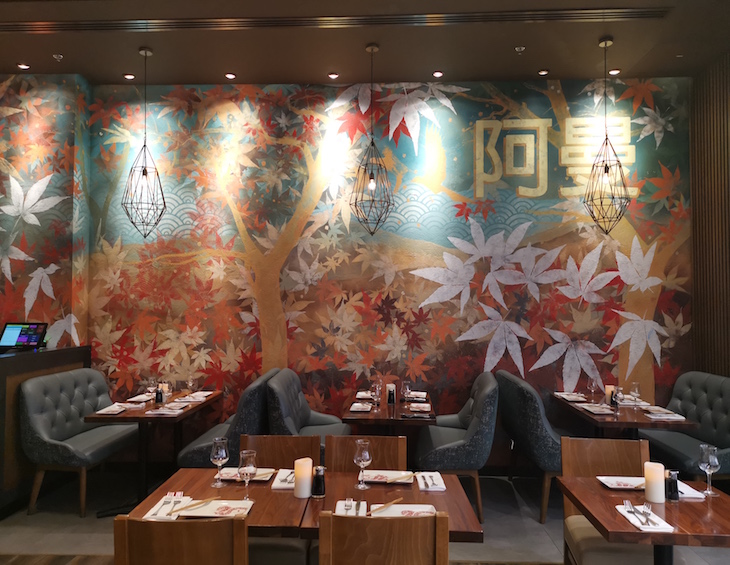
The question that faces designers is what type of feature light will match the design and complete the space.
The choice of material is particularly critical as its impact needs to be both visually stunning and work aesthetically in its surroundings.
The most common material used for large lighting features is crystal, which has the benefit of being available in a multitude of shapes, For example: octagons, triedri, rods, droplets, almonds, diamonds, alberts and spheres. The crystals can be either facetted or non-facetted and are available in every colour imaginable.
Crystals vary not only in shape and colour but in quality grades ranging from K9 (a Chinese crystal) at the lowest end of the price spectrum to Asfour and Swarovski at the high-end.
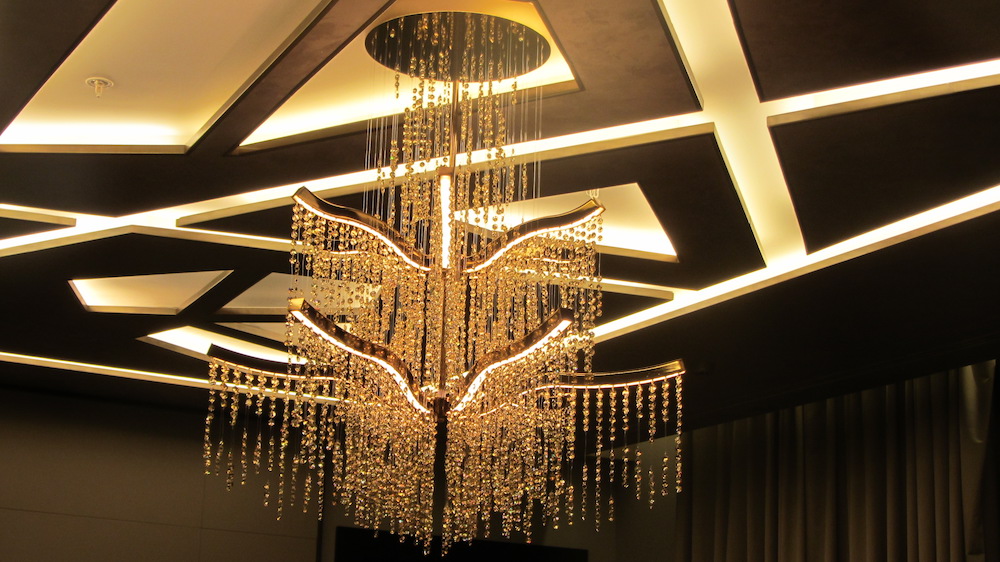
Image credit: Inspired By Design
Beyond crystal, there are many other materials that can achieve the desired effect. For example:
Blown glass spheres are very popular. These differ in size depending on the glass blowers’ capabilities; the finishes can be transparent, frosted or coloured (either solid colour or with streaks) or designed to mimic other materials such as alabaster.
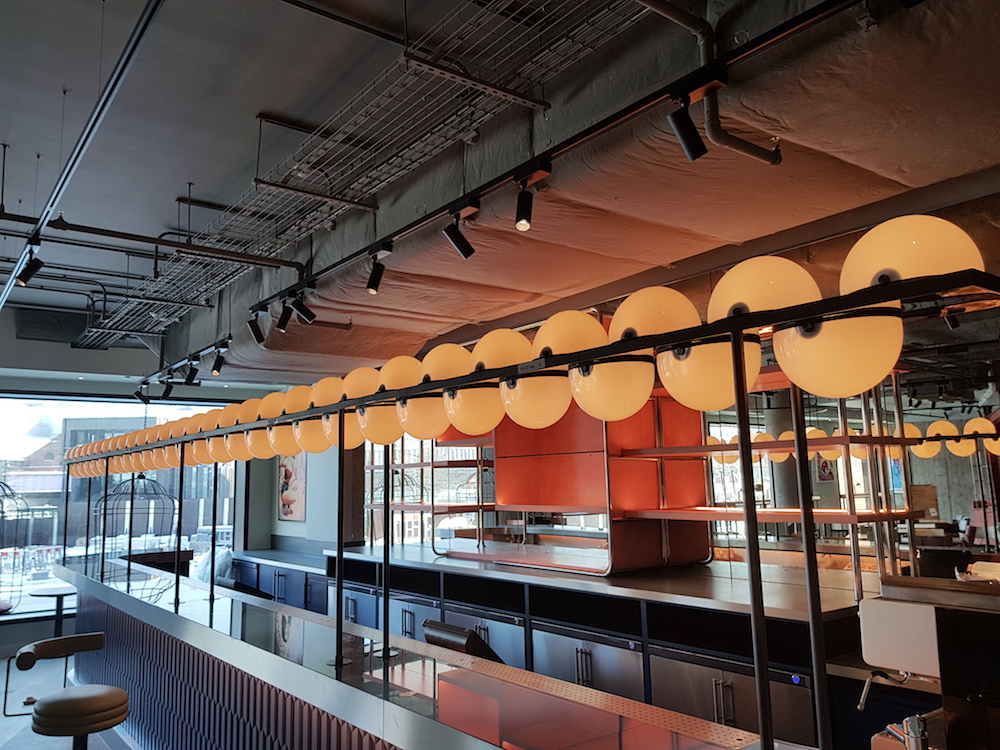
Image credit: Inspired By Design
Alabaster itself is a popular choice as its gives warmth to the design but does have some dimensional limitations.
Textured glass is a good choice as artists can fuse colours to blend in with the finishes that are being used. Glass lengths can vary greatly depending on specification.
Acrylic is an under-utilised material and with a greater choice of finishes shapes and sizes it can provide a very satisfactory result. Worth considering if within the public area the fitting is sited close to the entrance where weather conditions could affect it.
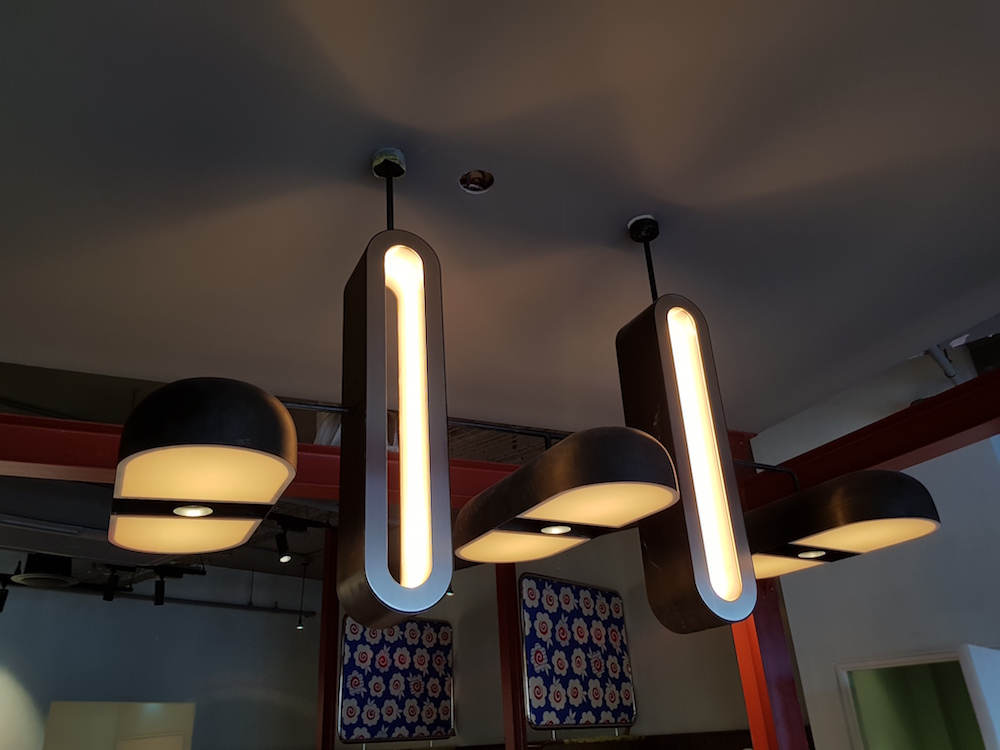
Image credit: Inspired By Design
Laser cut is extremely popular at present. This enables other fixtures in the design to be replicated into a light fitting. Generally produced in metal and with a choice of finishes can match the metalwork used in the rest of the project. Laser cut can also be used with ceramic or porcelain.
Engineered solutions. This approach allows any type of metalwork to be manipulated to produce large or small fittings that run horizontally or vertically through the space.
Wood is an ideal material to use especially if the finish of the joinery element is very needed to be replicated. Finishes can be in Vermeer, laminate or solid wood.
As always our team is on hand to advise and assist you in the development of the light to suit your project and budget.
Inspired By Design is one of the brands that has taken advantage of our Industry Support Package. To keep up to date with supplier news, click here. And, if you are interested in also benefitting from this three-month editorial package, please email Katy Phillips by clicking here.
Main image credit: Inspired By Design


